
Why You Shouldn’t Wash Rice Directly in an Electric Rice Cooker

Many people wonder whether washing rice directly in the inner pot of an electric rice cooker can cause harm. Is it really bad practice, or just a minor concern? Let’s take a closer look.
Cooking rice is a daily habit in many Vietnamese households, and the electric rice cooker has become an indispensable kitchen appliance. It makes the process of cooking rice quick and convenient. Out of habit, many people put the rice directly into the cooker’s inner pot and rinse it with water before cooking. While this may seem convenient, there are potential downsides. Washing rice directly in the pot can scratch the non-stick surface, reduce the durability of the cooker, and in some cases affect the taste and safety of your food.
What Experts Say
A report by the Hodori Shinichi Morning Show on Japanese television interviewed seven electric rice cooker manufacturers in Japan. Six of the seven companies agreed that if you are using a high-quality, genuine rice cooker, it is generally safe to wash rice in the inner pot. However, for lower-quality or generic cookers, washing rice inside can cause the non-stick coating to peel or chip, which may not only affect appearance but also give the rice a metallic smell and potentially pose a health risk.
The seventh company emphasized that while washing rice in the pot is not inherently dangerous, to preserve the cooker’s durability and appearance, it is better to rinse the rice in a separate colander before adding it to the pot.
Key Takeaways
-
Do not wash rice directly in low-quality inner pots.
-
High-quality, branded rice cookers may tolerate washing rice in the pot, but it is still safer and more practical to rinse rice in a separate colander. This method also makes it easier to remove stones or impurities in the rice.
Common Mistakes to Avoid with Rice Cookers
-
Not drying the inner pot before cooking
After washing rice, some people place the inner pot back in the cooker while it is still wet and plug it in immediately. This can damage the cooker, as moisture on the outside of the pot can wet the heating plate, increasing the risk of short circuits or electric shocks.
Tip: Always dry the exterior and bottom of the inner pot before placing it back in the rice cooker.
-
Using metal utensils to stir or serve rice
Most modern rice cookers have a non-stick coating to prevent rice from sticking. Using metal spoons, spatulas, or sharp tools can scratch or peel the coating, reducing the lifespan of the cooker. Instead, use heat-resistant plastic, silicone, or wooden utensils when stirring or serving rice.
Extra Tips for Maintaining Your Rice Cooker
-
Clean regularly: Wash and dry the inner pot carefully after each use to prevent residue buildup.
-
Avoid abrasive cleaning tools: Do not use steel wool or harsh scrubbing pads. Soft sponges work best.
-
Store properly: Ensure the lid is slightly open when storing the cooker to prevent odors or mold.
Conclusion
While washing rice directly in the inner pot of a high-quality rice cooker is generally safe, using a separate colander is the best practice to preserve the non-stick coating, avoid scratches, and ensure your rice cooker lasts longer. Small habits, like drying the pot and using proper utensils, can greatly extend the life of your appliance and maintain the taste and safety of your rice.
By following these simple tips, you can enjoy perfectly cooked rice every day while keeping your rice cooker in top condition.
News in the same category


The Under-Bed Test: A Quick Trick to Ensure Your Hotel Room Is Safe and Clean
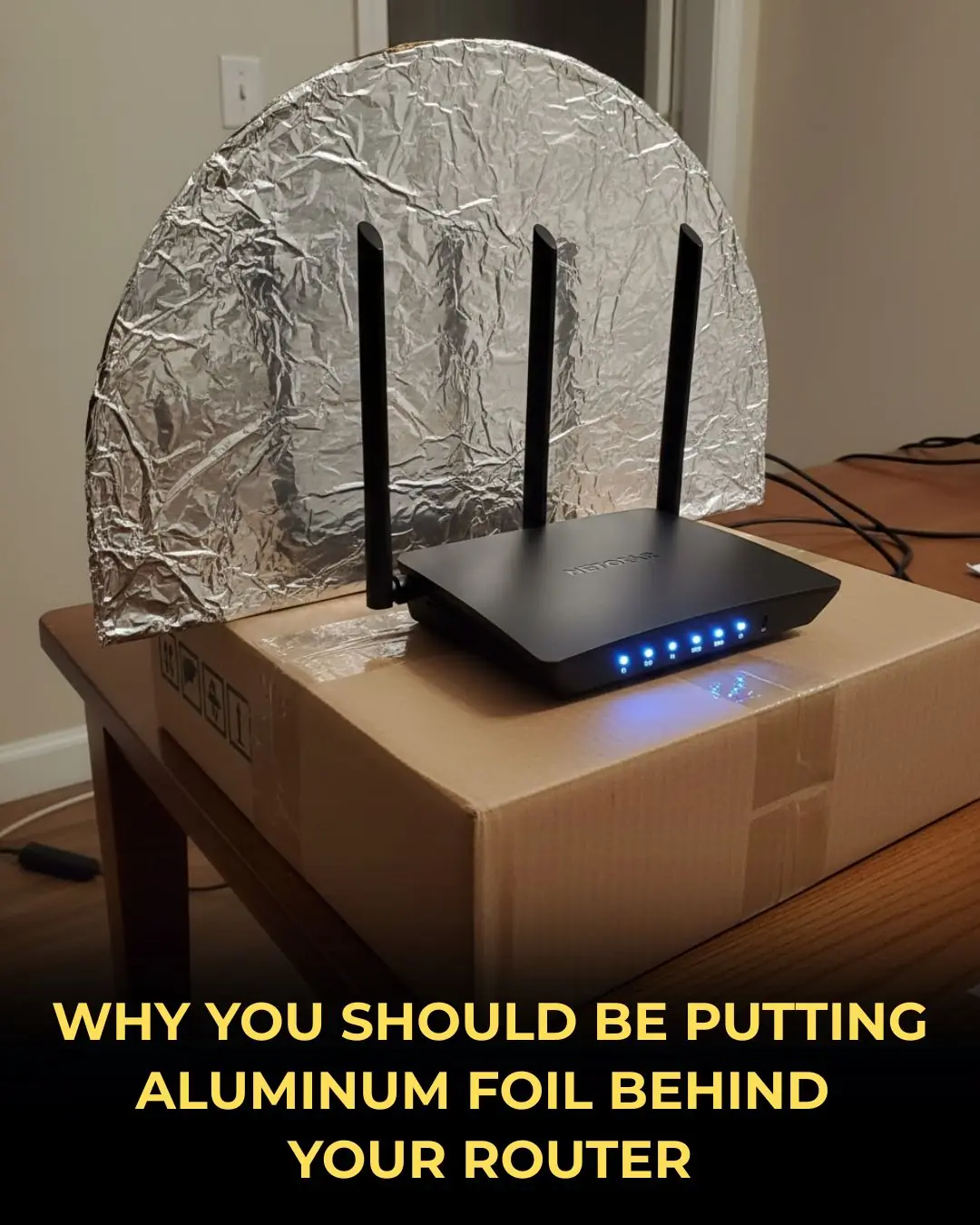
Boost Your Wi-Fi Speed with This Simple Aluminum Foil Trick

If your beef turns out tough, don’t marinate it with salt. Use this ingredient instead to make it tender and richly flavored

Secret to quickly tenderizing beef, making any dish delicious
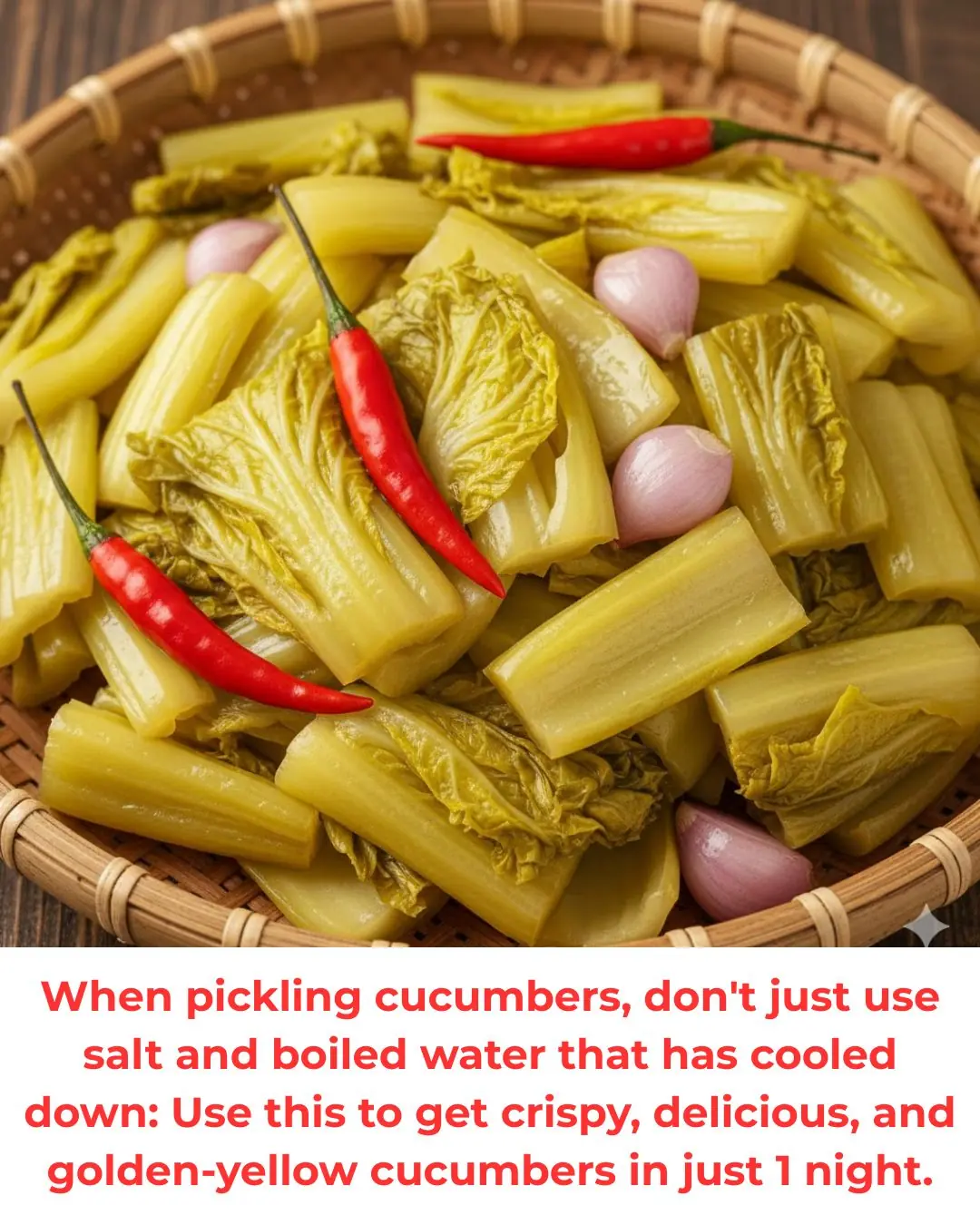
When pickling cucumbers, don't just use salt and boiled water that has cooled down: Use this to get crispy, delicious, and golden-yellow cucumbers in just 1 night.
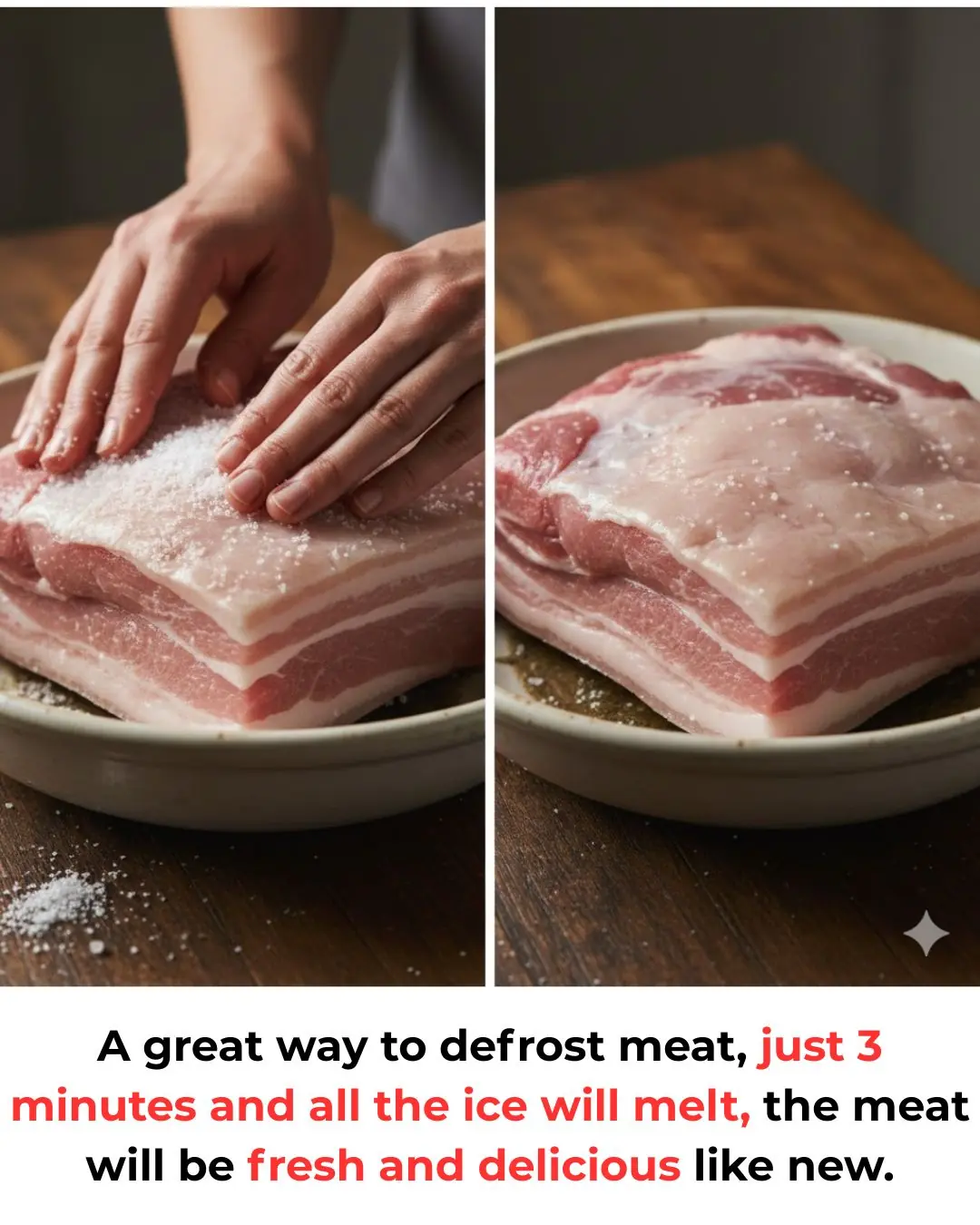
A great way to defrost meat, just 3 minutes and all the ice will melt, the meat will be fresh and delicious like new.
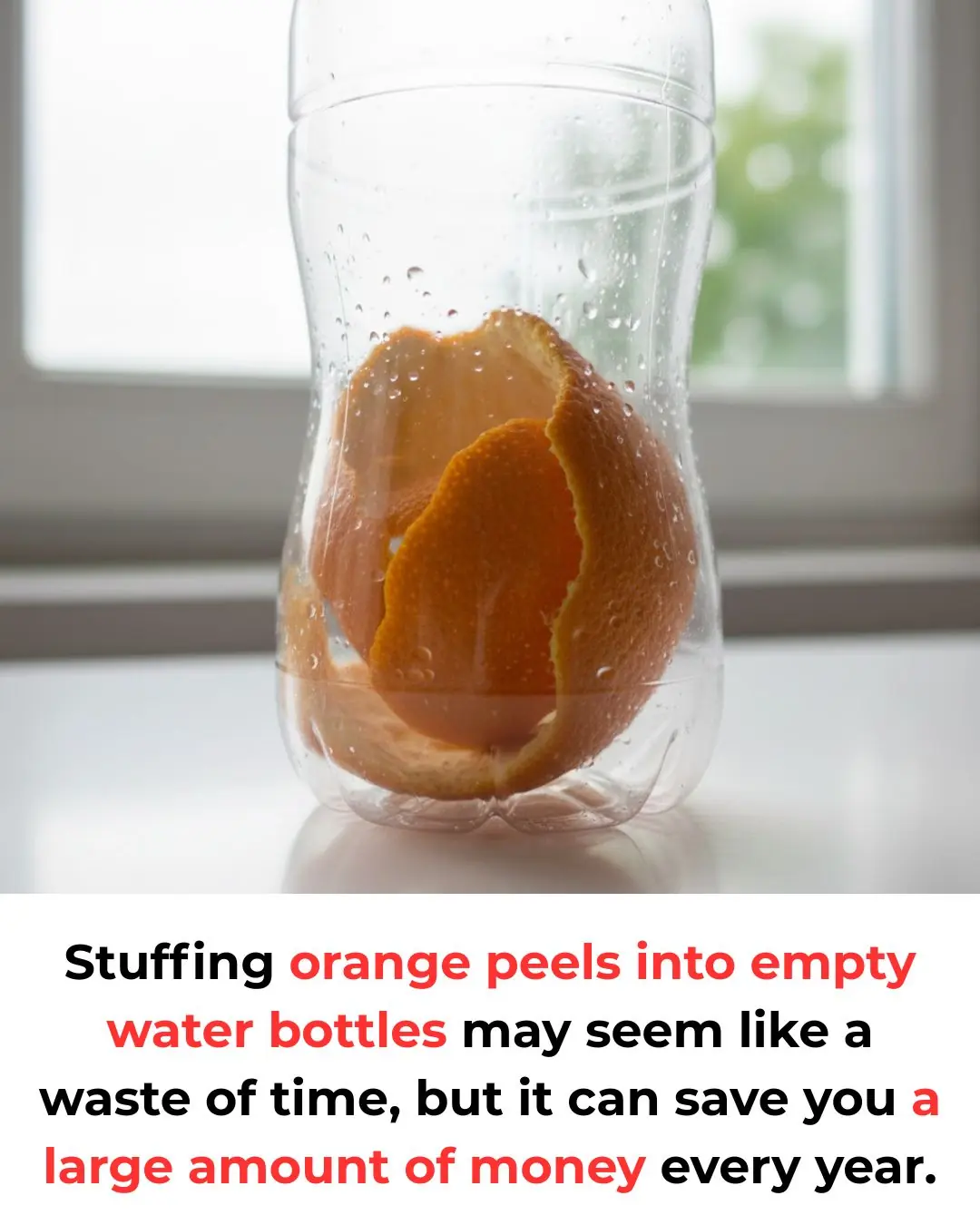
Stuffing orange peels into empty water bottles may seem like a waste of time, but it can save you a large amount of money every year.
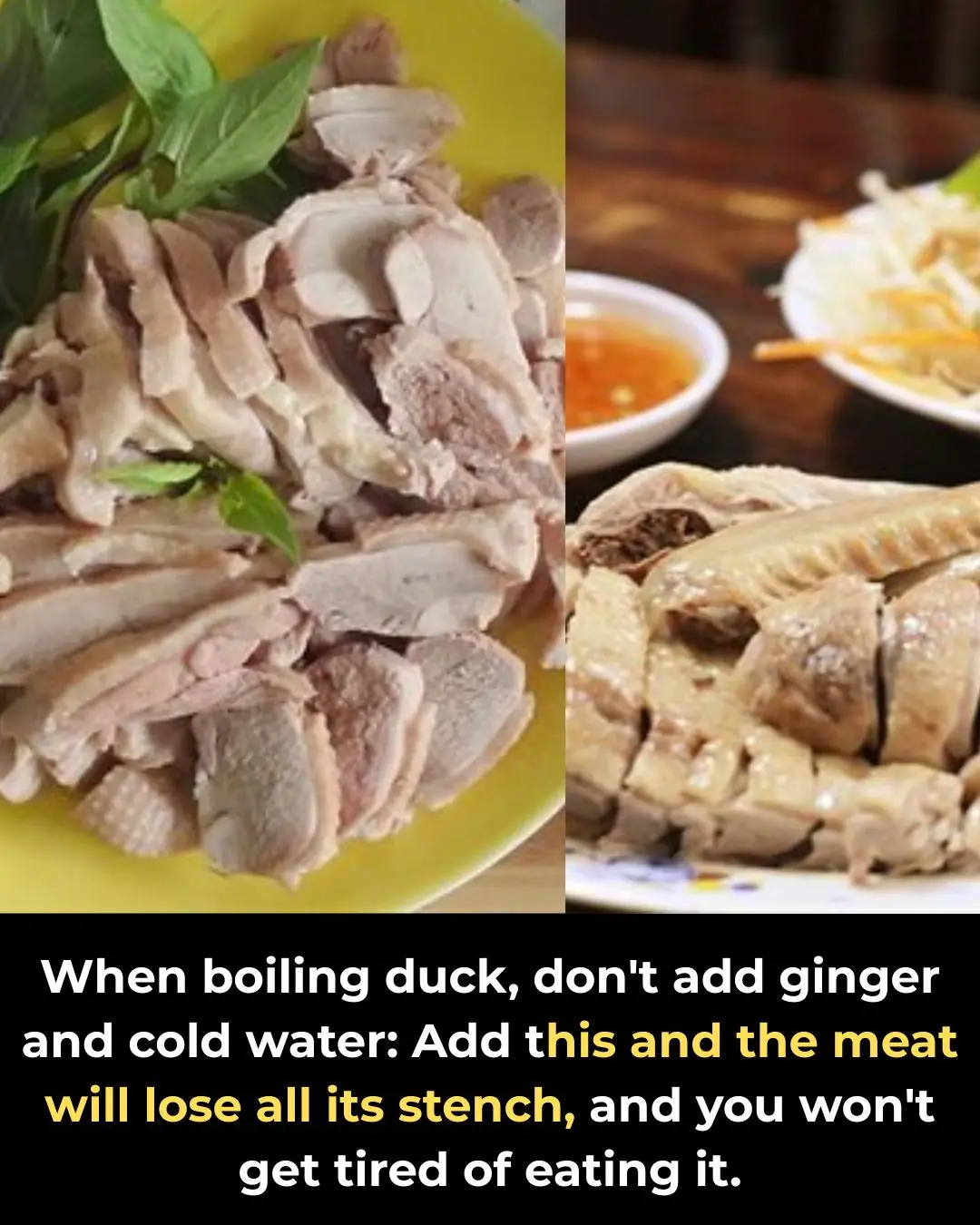
When boiling duck, don't add ginger and cold water: Add this and the meat will lose all its stench, and you won't get tired of eating it.
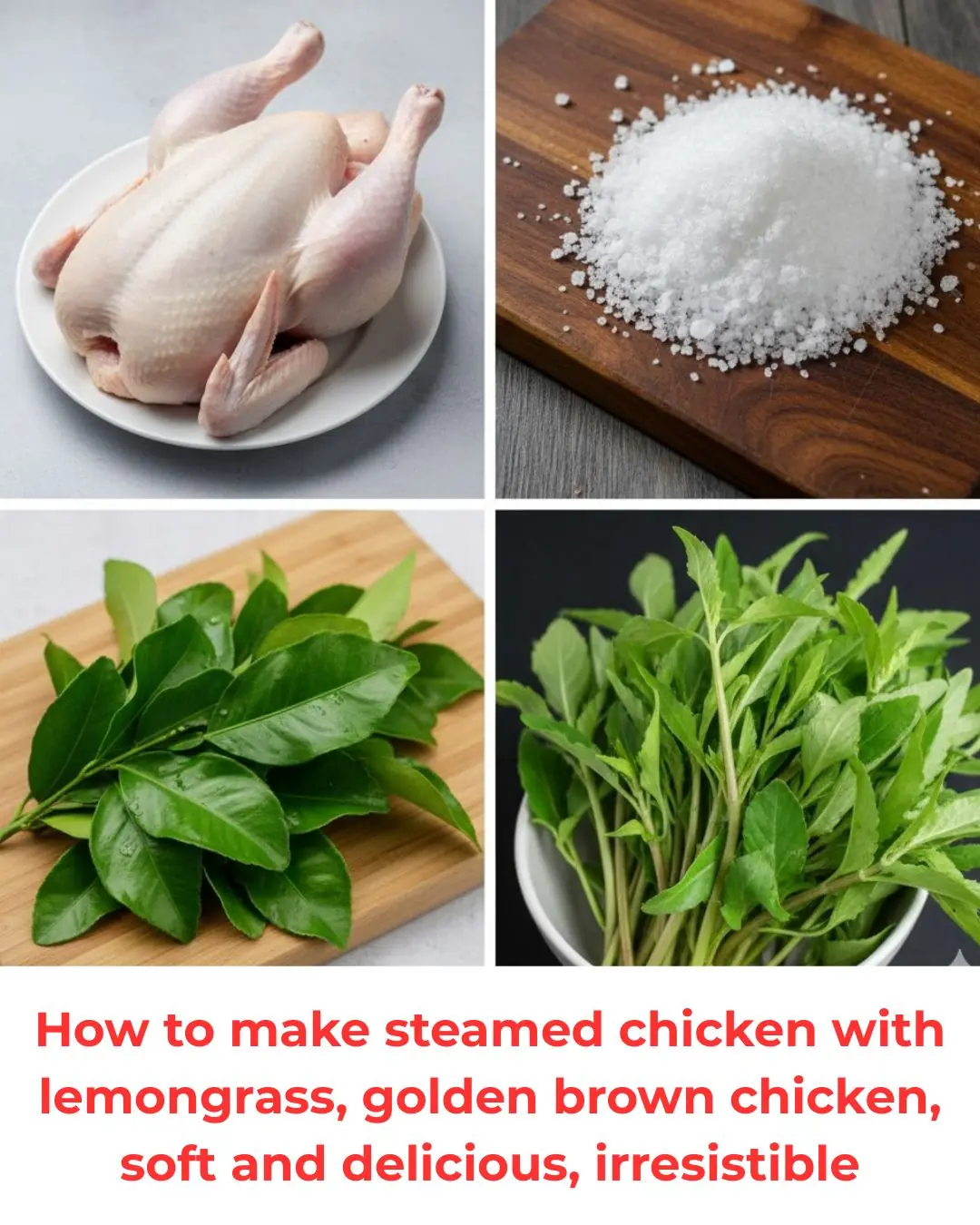
How to make steamed chicken with lemongrass, golden brown chicken, soft and delicious, irresistible

Simple tips to help reduce itching extremely quickly when bitten by mosquitoes and insects
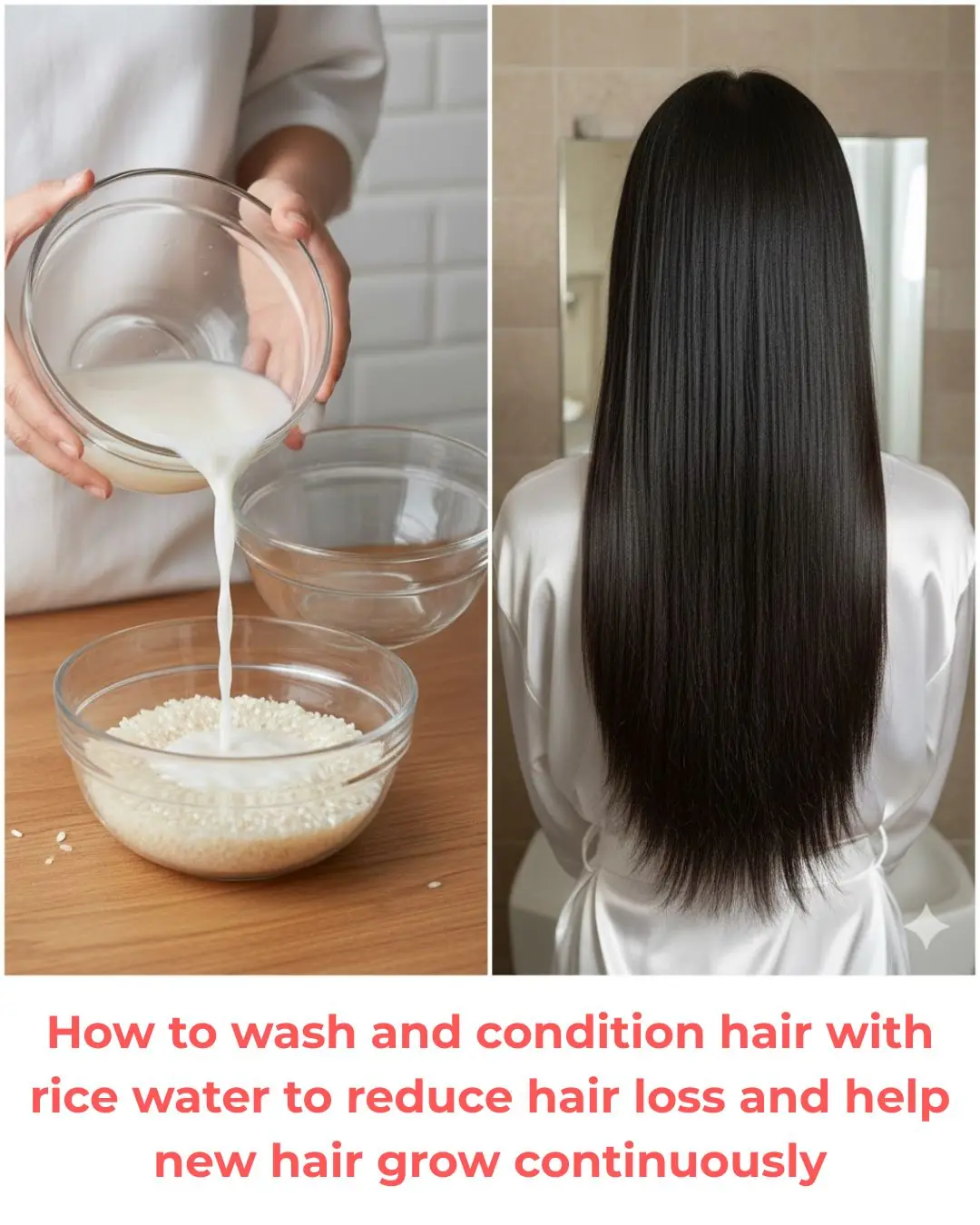
How to wash and condition hair with rice water to reduce hair loss and help new hair grow continuously
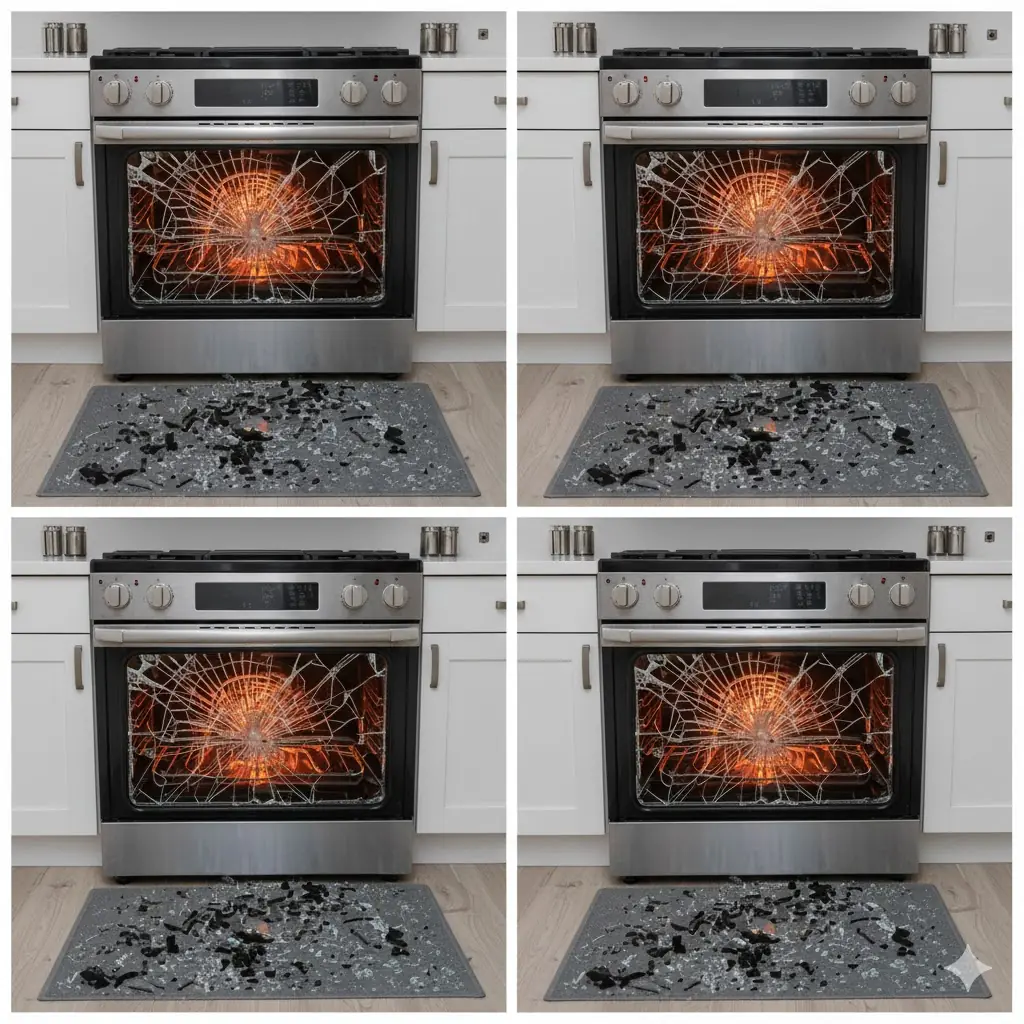
How Microscopic Glass Flaws Can Lead to Oven Door Breakage—and How to Prevent It
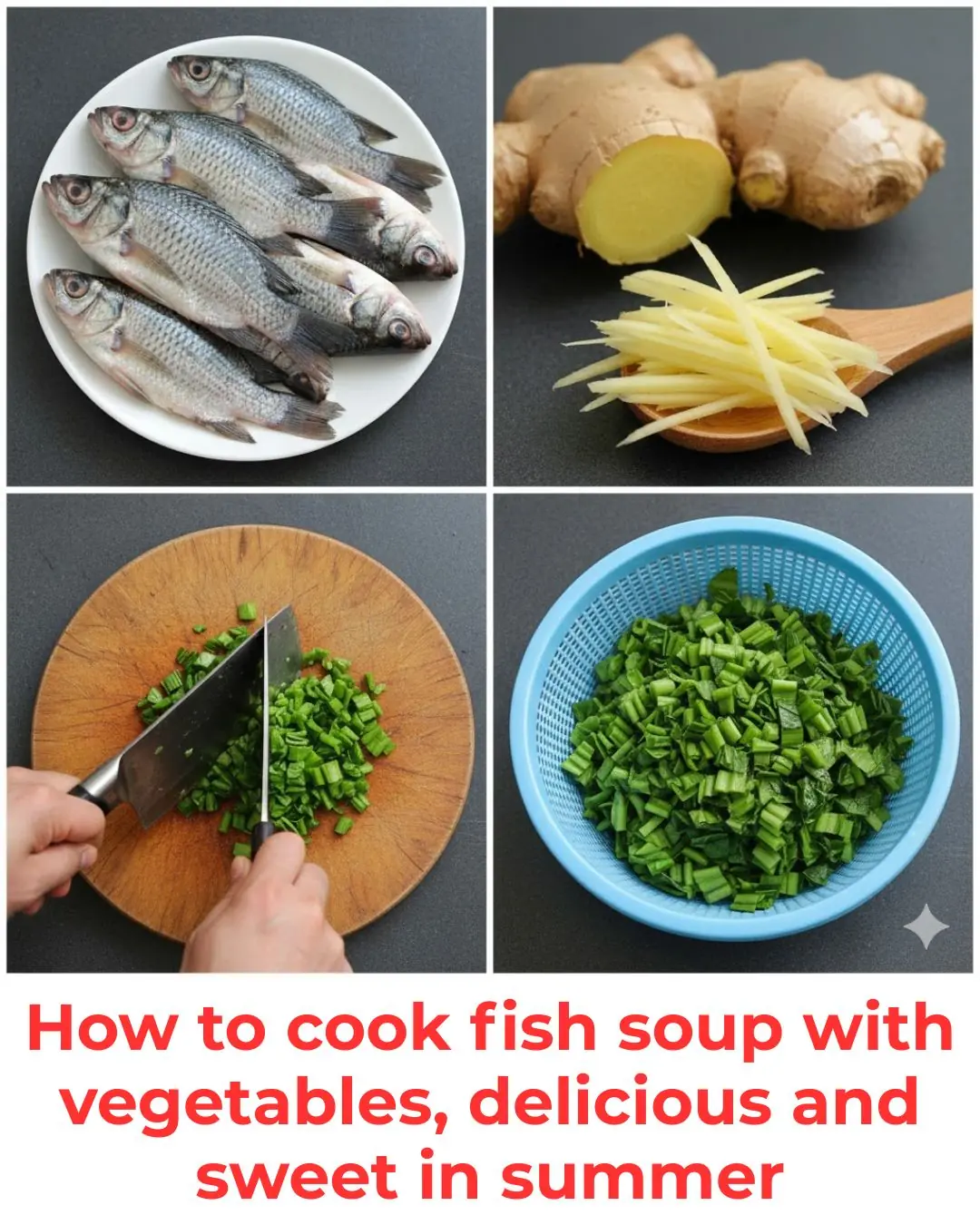
How to cook fish soup with vegetables, delicious and sweet in summer
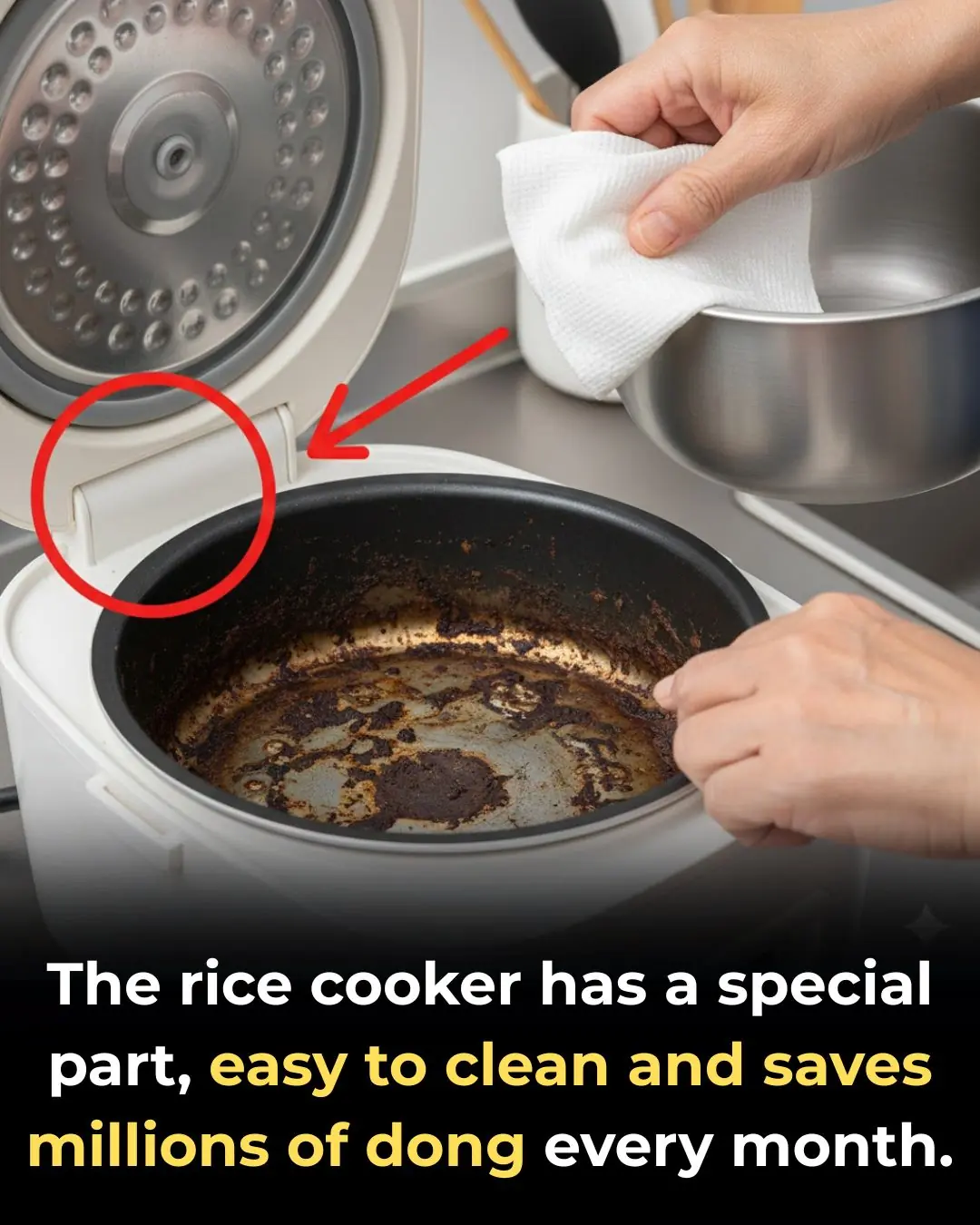
The rice cooker has a special part, easy to clean and saves millions of dong every month.
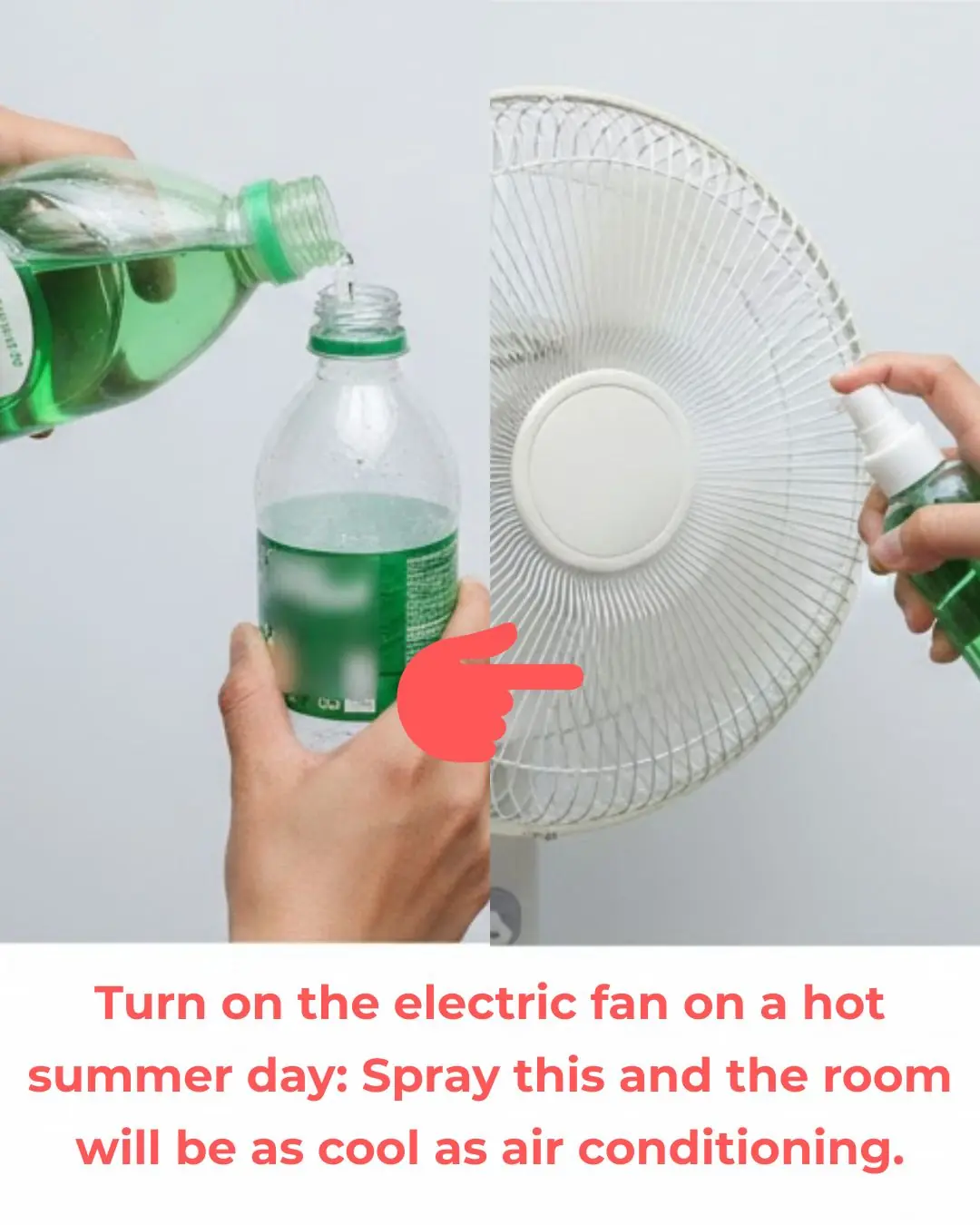
Turn on the electric fan on a hot summer day: Spray this and the room will be as cool as air conditioning.
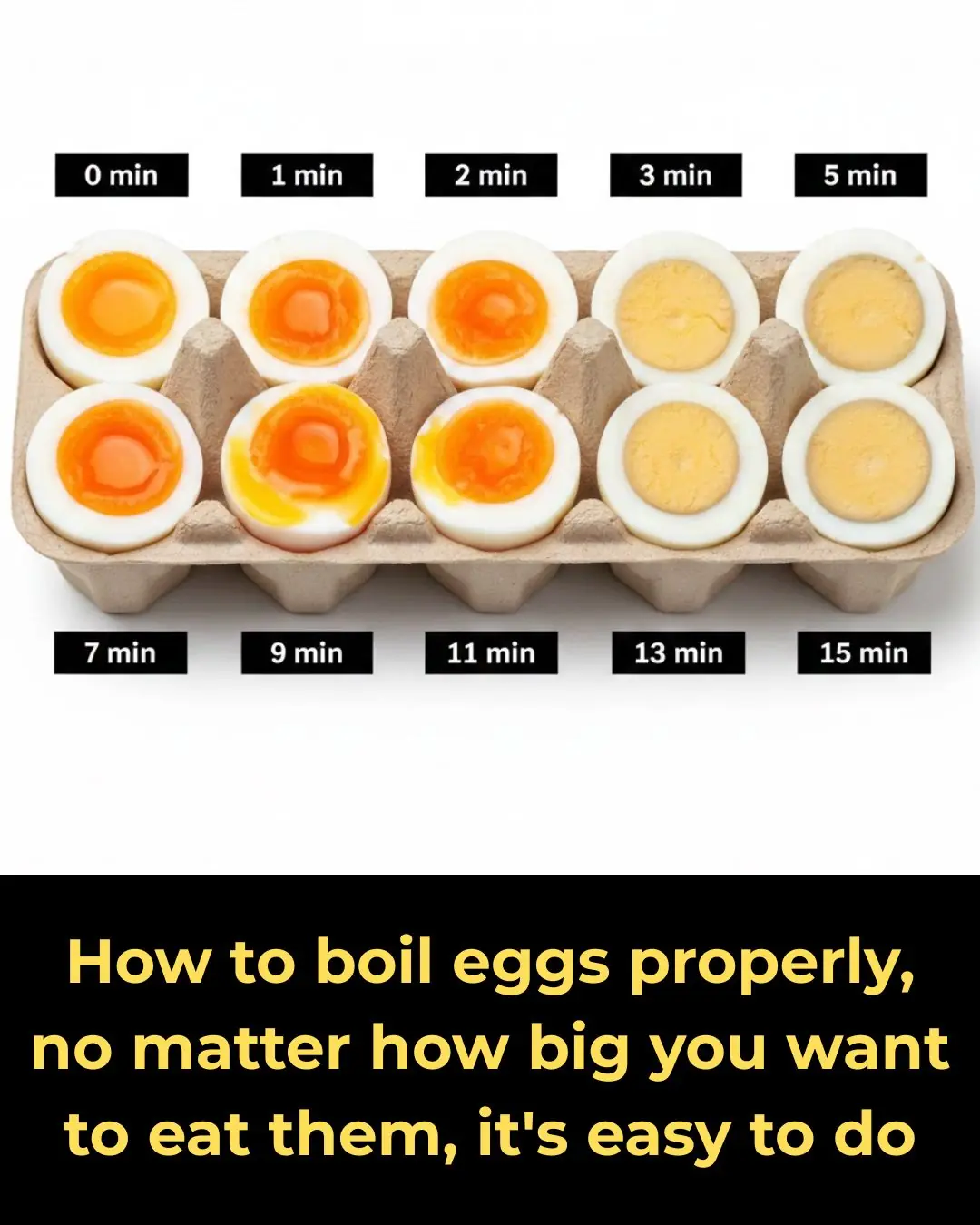
How to boil eggs properly, no matter how big you want to eat them, it's easy to do
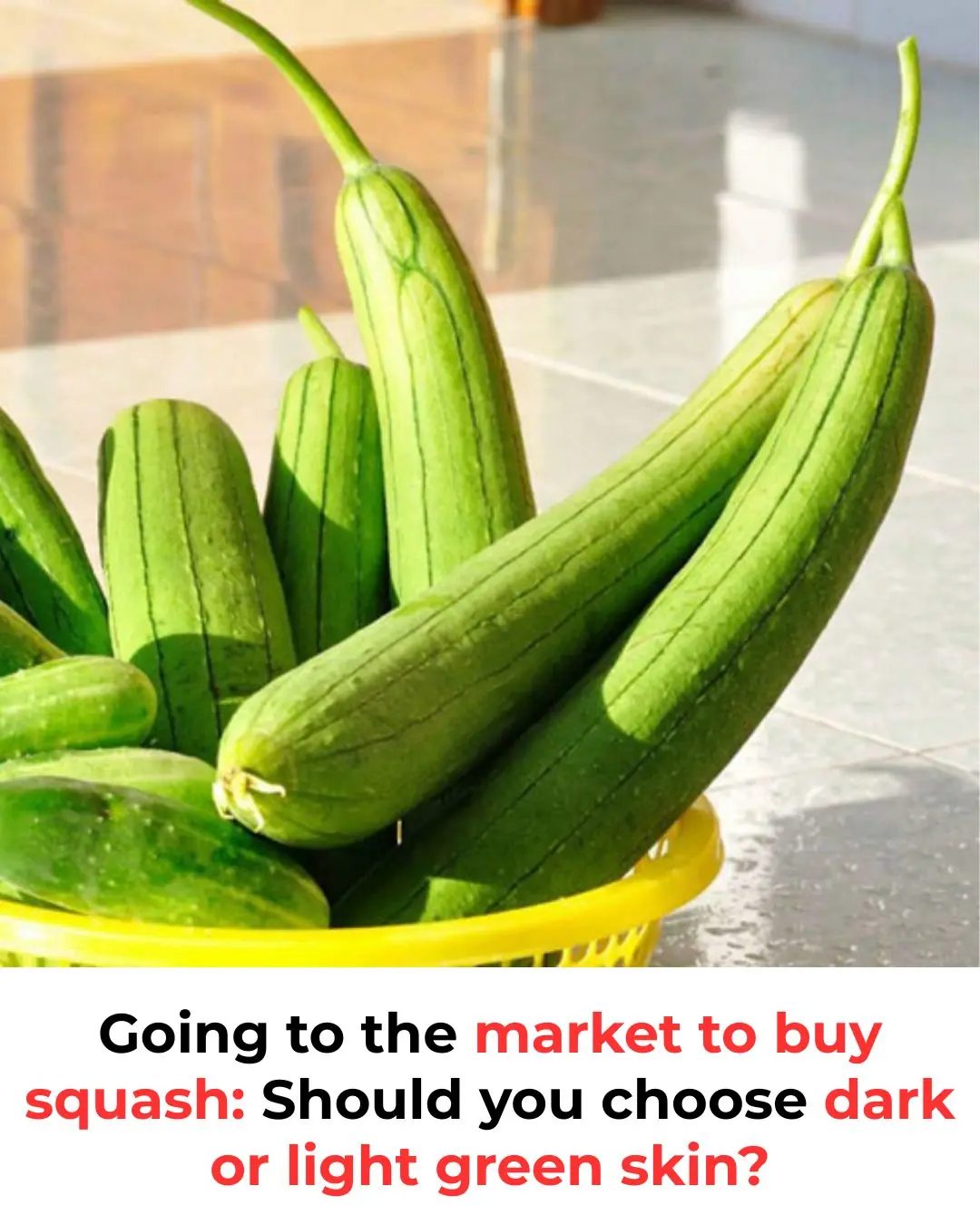
Going to the market to buy squash: Should you choose dark or light green skin?

What Happens When You Eat Chili Peppers Regularly
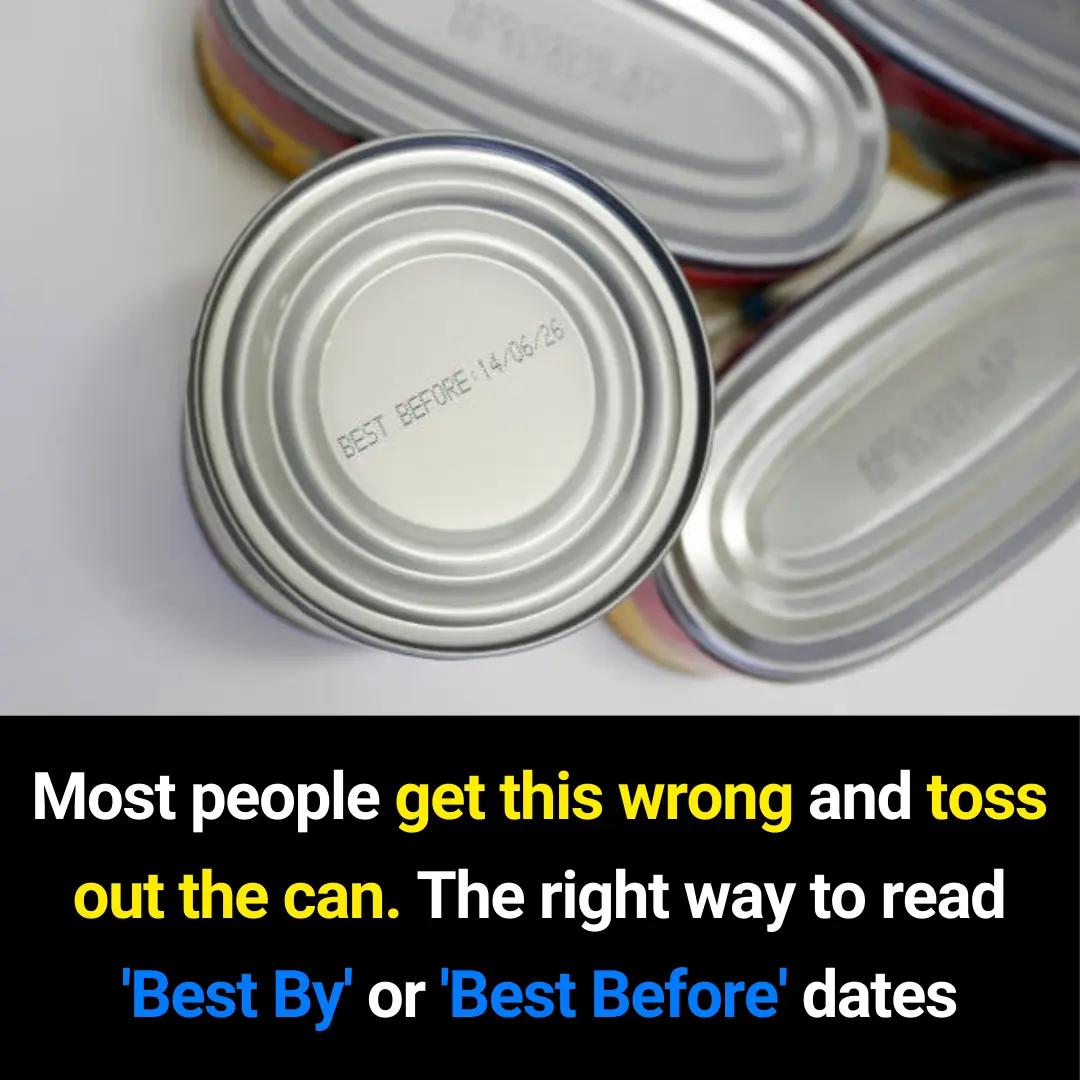
The Right Way to Read ‘Best By’ or ‘Best Before’ Dates — Most People Get This Wrong
News Post

MEDICATIONS YOU SHOULD NEVER TAKE WITH COFFEE

What You See First in This Optical Illusion Reveals A Lot

Why Your Dog Stares at You

10 Best Foods to Detox Your Kidneys and Protect Renal Health

Honeybee Venom Can Destroy Breast Cancer Cells in Under an Hour — A Breakthrough That Could Transform Modern Medicine

Love Can Literally Make Your Body Crave More Sleep — Here’s the Science Behind It

A Revolutionary German Gel May Repair Joints Naturally—Potentially Eliminating the Need for Surgery

The Power of Clove Steam Inhalation (Respiratory Relief You Can Feel Immediately)

Peter Tabichi: The Kenyan Teacher Who Became the World's Best by Inspiring Change and Giving Back

Reducing Meat Consumption by 90%: A Critical Step to Combat Climate Change and Ensure Global Sustainability

Revolutionary Nanobodies Offer New Hope for Alzheimer’s and Parkinson’s Disease Treatment

Gray Wolves: The Remarkable Lifelong Bond Between Mates and Their Role in Pack Survival

Sebastian Errazuriz’s Robotic Dogs: A Satirical Commentary on Tech Billionaires and the NFT Market

Voyager Spacecraft: A 40-Year-Old Marvel of Engineering Exploring Interstellar Space

Popular blood pressure drug linked to increased cardiac arrest risk

How the U.S. Escaped Hurricane Landfalls in 2025

Ancient Shark Fossils Unearthed in Mammoth Cave Rewrite 325 Million Years of Evolutionary History

Powerful Health Benefits of Pineapple You Should Know

How an Italian Police Lamborghini Huracán Helped Save Lives by Delivering Kidneys Across Italy
